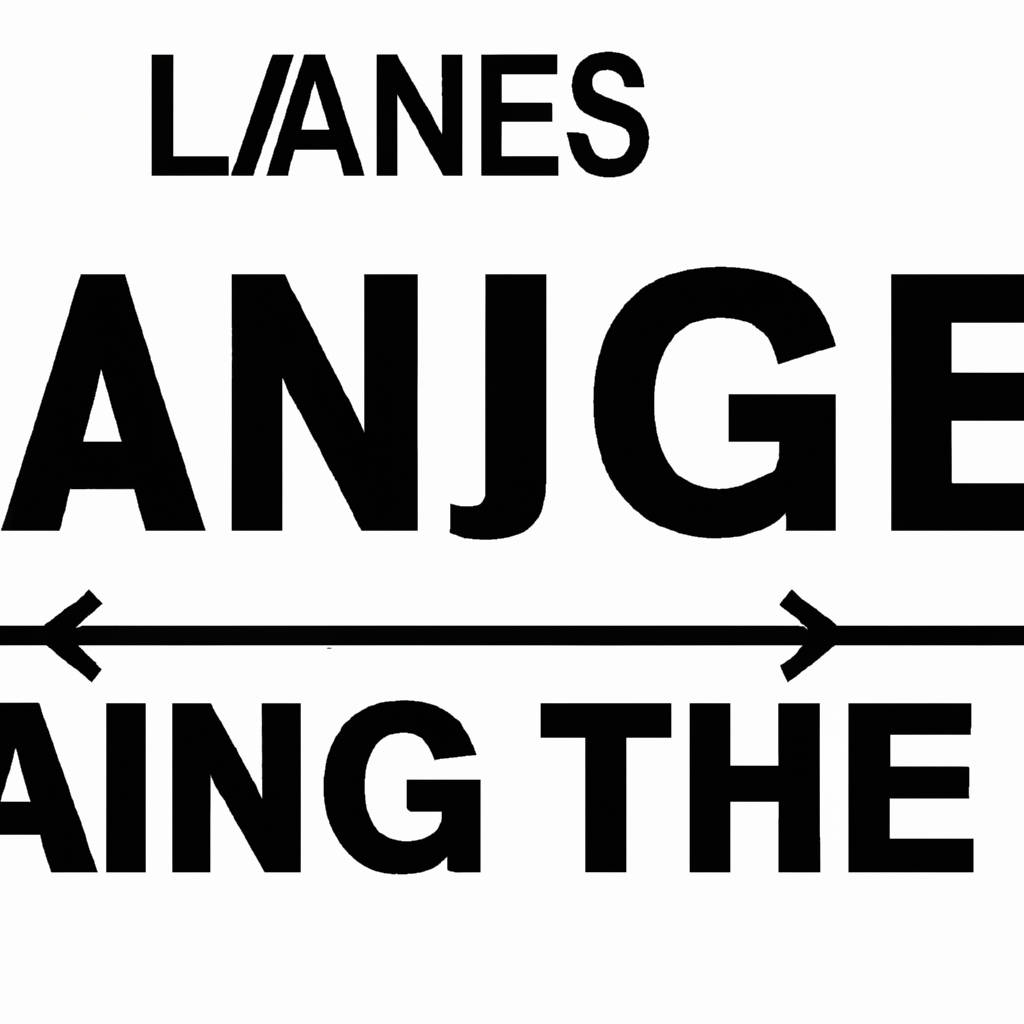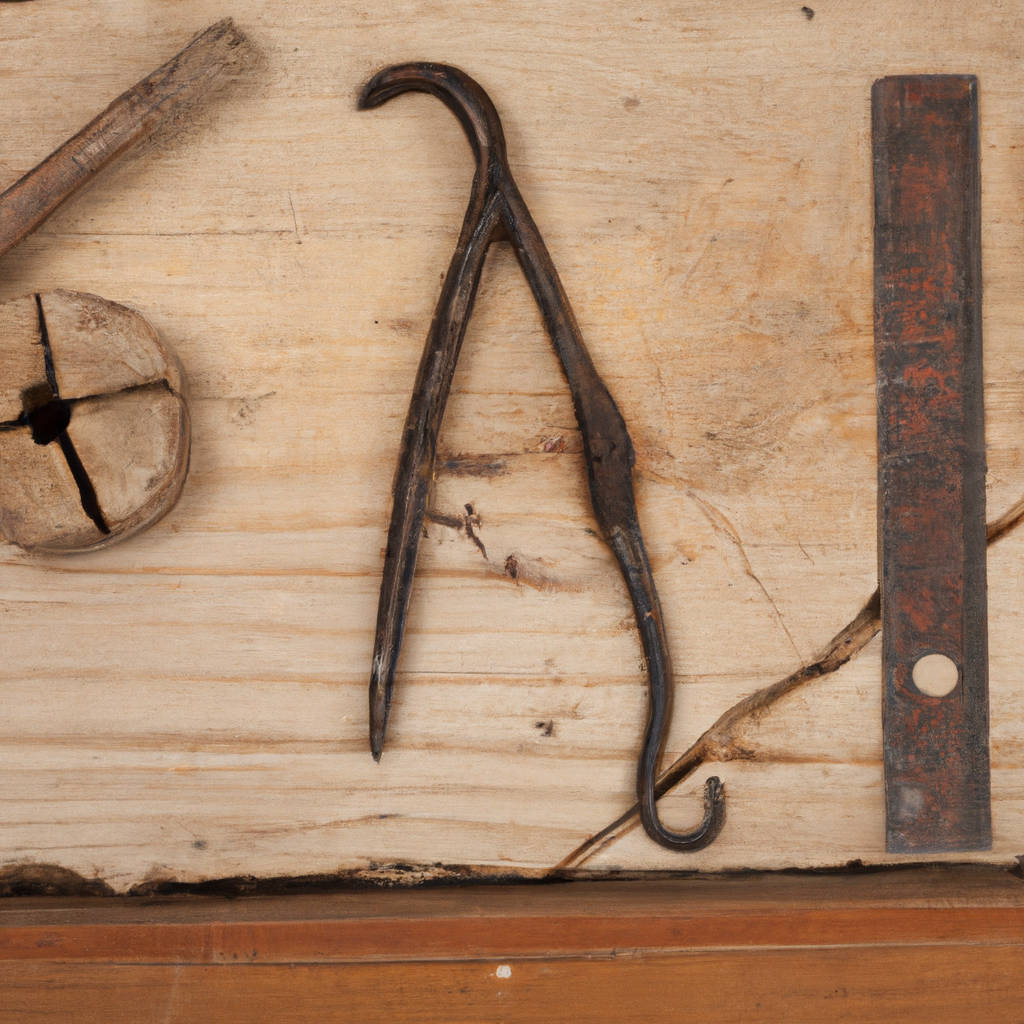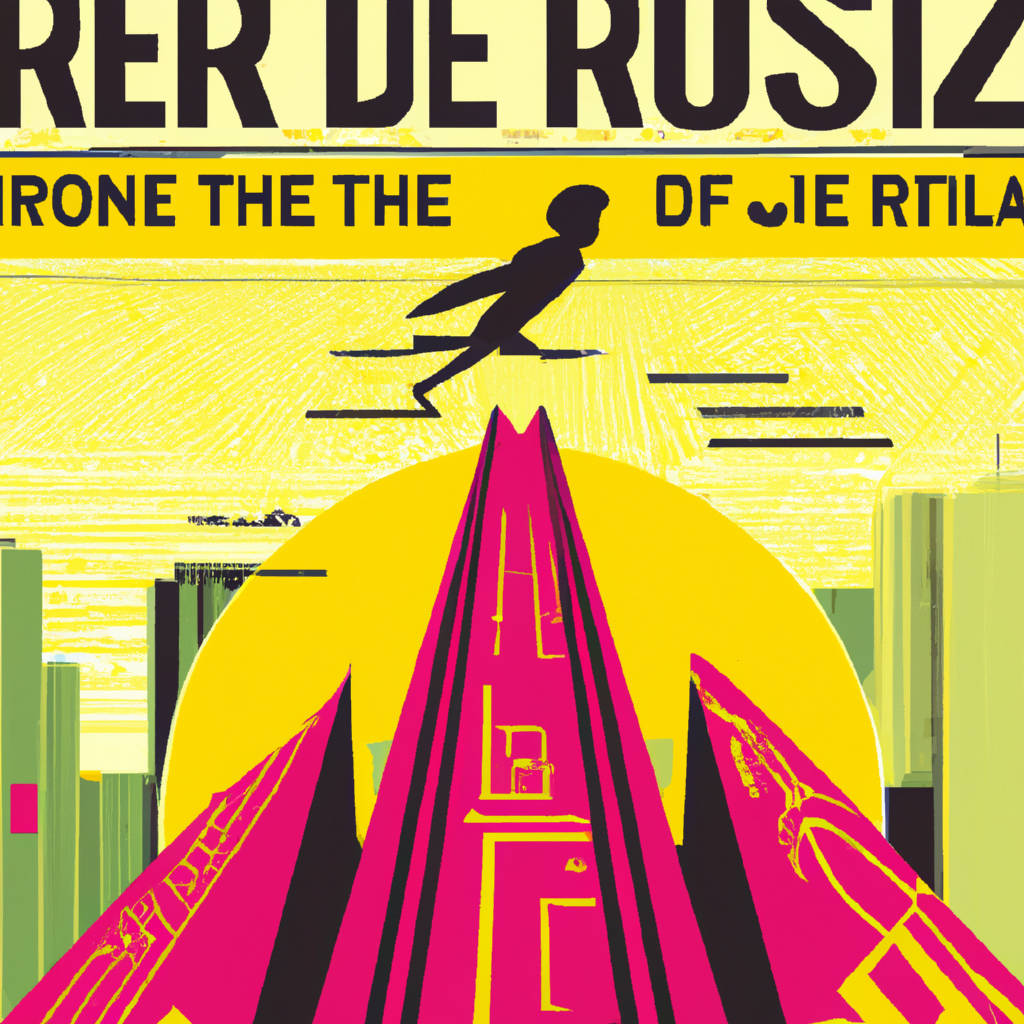The Line, also known as La Línea, is an armed faction associated with the Juárez Cartel, operating in Mexico. This group is known for their violent tactics and ruthless behavior in order to protect their territory and maintain control over drug trafficking routes. The Line is made up of individuals who are willing to do whatever it takes to further the interests of the Juárez Cartel, including engaging in acts of violence and intimidation against rival cartels and law enforcement. This faction has been responsible for numerous acts of violence, including kidnappings, assassinations, and extortion. The Line operates with a strict hierarchy and code of conduct that dictates how its members should behave and operate.
Despite the dangers associated with being a member of The Line, many individuals are drawn to join due to the promise of power, wealth, and protection that comes with being associated with a powerful criminal organization like the Juárez Cartel. The Line’s presence in Mexico poses a significant threat to the safety and security of the region, as their activities contribute to the ongoing cycle of violence and instability that plagues the country.

Heavily Armed Unit of the Juárez Cartel – Description and Role of The Line
The heavily armed unit of the Juárez Cartel is a formidable force within the criminal organization, known for their military-style tactics and advanced weaponry. Comprised of highly trained and skilled individuals, The Line operates as the enforcers and protectors of the cartel’s interests. They are responsible for carrying out acts of violence, intimidation, and enforcement on behalf of the cartel leadership. The Line is equipped with a wide range of firearms, explosives, and tactical gear, making them a force to be reckoned with in the world of organized crime. Their role within the cartel is crucial in maintaining control over territory, eliminating rival factions, and ensuring the smooth operation of illegal activities such as drug trafficking and extortion.
The members of The Line are fiercely loyal to the cartel and will stop at nothing to protect their organization and advance its interests. Their presence instills fear and respect among rival cartels and law enforcement agencies, making them a formidable and dangerous force in the criminal underworld. The Line operates with ruthless efficiency and precision, carrying out their duties with a cold and calculated approach that has earned them a fearsome reputation within the world of organized crime. Their skill, firepower, and unwavering loyalty make them a key asset to the Juárez Cartel, ensuring its dominance and survival in the violent and competitive world of the drug trade.
History – Background and Evolution of The Line
The concept of drawing lines to demarcate boundaries or divide territories dates back thousands of years, with evidence of early civilizations using physical markers to establish ownership and control over land. In ancient times, these lines were often simple and rudimentary, such as stones or fences, and were used primarily for agricultural or territorial purposes. As societies grew more complex and interconnected, the need for more precise and standardized methods of delineating boundaries became apparent. This led to the development of surveying techniques and the establishment of formal systems of measurement, such as units of length and coordinates, to accurately define the location of lines on maps and in the physical world.
Over time, the role and significance of lines evolved beyond mere physical boundaries to encompass a wide range of social, political, and economic functions. Lines began to be used to separate different social groups, define legal jurisdictions, and regulate trade and commerce. They also came to symbolize power, authority, and control, with rulers and governments using lines to assert their dominance over land and people. The advent of modern technologies, such as satellite imaging and digital mapping, further revolutionized the way lines are drawn and managed, allowing for greater precision and accuracy in defining boundaries and tracking changes over time.
Today, lines continue to play a crucial role in shaping the way we interact with and understand the world around us. They are used to delineate national borders, establish property rights, regulate traffic and transportation, and define the boundaries of protected areas and conservation zones. The evolution of lines from simple physical markers to complex systems of measurement and regulation reflects the changing needs and priorities of human societies throughout history. As we continue to grapple with issues of globalization, environmental sustainability, and social justice, the role of lines in shaping our world is likely to become even more complex and contested.

Villas de Salvarcar Massacre – Notable Incident Involving The Line
The Villas de Salvarcar Massacre was a tragic event that took place in 2010 in Ciudad Juarez, Mexico. The incident involved members of the drug cartel known as The Line, who carried out a brutal attack on a party being held at a local residence in the Villas de Salvarcar neighborhood. The gunmen opened fire on the party-goers, killing 15 people and injuring several others. The motive behind the massacre remains unclear, but it is believed to be related to the ongoing drug war that has plagued the region for years. The Villas de Salvarcar Massacre shocked the community and brought attention to the level of violence and brutality that the drug cartels were capable of. The incident served as a stark reminder of the dangerous and deadly consequences of getting involved with organized crime in Mexico. The families of the victims were left devastated by the senseless act of violence, and the community as a whole was left in mourning. The Villas de Salvarcar Massacre was a tragic and notable event that highlighted the brutality and ruthlessness of The Line and the impact that their actions can have on innocent civilians. It served as a wake-up call for authorities and the public alike, reminding them of the dangers of getting caught up in the violent world of the drug cartels.
Rise of the New Juárez Poster – Influence and Expansion of The Line
The rise of the new Juárez poster has sparked a new wave of influence and expansion of The Line, a network of organized crime groups operating along the US-Mexico border. With their bold and colorful imagery, these posters have become a symbol of power and authority for the criminal organizations that control the lucrative drug trade in the region. The posters serve as a form of communication, conveying messages of intimidation, loyalty, and dominance to rival groups and the local community. Through their strategic placement in public spaces, the posters act as a constant reminder of the reach and influence of The Line, instilling fear and compliance among those who dare to challenge their authority. As these posters continue to proliferate across the border region, the grip of The Line tightens, solidifying their control over the illegal activities that fuel their operations. The rise of the new Juárez poster signifies a shift in the dynamics of power and influence within the criminal underworld, as these visual representations serve to reinforce the hierarchy and structure of The Line, while also attracting new recruits and followers eager to be part of this powerful and enigmatic network. As the posters become more widespread and prominent, the reach of The Line extends further, expanding their operations and influence beyond the borders of Juárez and into other regions. The rise of the new Juárez poster marks a new chapter in the history of organized crime along the US-Mexico border, one characterized by a visual language of dominance and control that transcends traditional boundaries and norms.

Known Leaders of La Línea – Key Figures and Leadership Within The Line
La Línea, a notorious criminal organization operating on the US-Mexico border, has had several prominent leaders over the years. One key figure within the organization is Juan Manuel Alvarez Inzunza, also known as “El Rey.” He was a powerful leader who controlled the drug trafficking operations in the region and had a reputation for being ruthless and cunning. Another influential leader within La Línea was César Iván Castillo López, known as “El 2000.” He was responsible for coordinating the group’s illegal activities and was known for his strategic thinking and ability to evade law enforcement. Additionally, Miguel Ángel Treviño Morales, also known as “Z-40,” was a prominent leader within La Línea before his capture in 2013.
He was known for his violent tactics and ability to maintain control over the organization. These leaders played a crucial role in shaping the direction and success of La Línea, using their charisma and influence to build alliances and expand the group’s influence in the region. Despite facing challenges and rivalries within the organization, these leaders were able to maintain their positions of power and lead La Línea to become one of the most powerful criminal organizations in the region. Their leadership within The Line was characterized by their ability to adapt to changing circumstances and maintain control over the group’s operations, ensuring its continued dominance in the region.